Articles and Features
Teresa Margolles: El asesinato cambia el mundo (Assassination changes the world)
James Cohan, New York
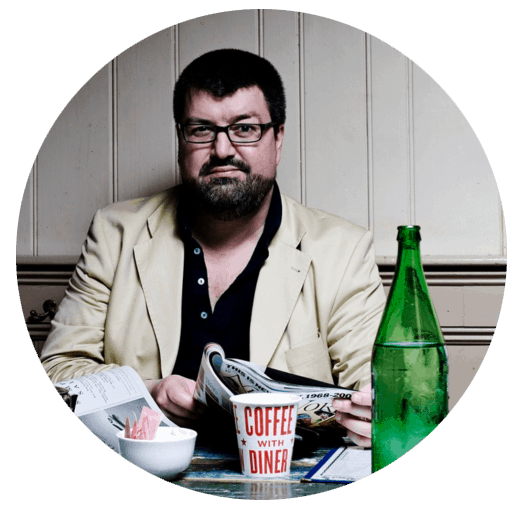
Christian Viveros-Fauné | Kulchur Vulture
Viveros-Fauné is Artland’s inaugural Chief Critic and the contributor of this regular column. Based in New York City, he writes primarily about exhibitions and the cultural landscape there. His articles also feature Artland’s revolutionary 3D exhibition tours that enable the viewer to pay compelling virtual visits to actual exhibition spaces in support of the texts.
No one is really prepared for death, but some people stare it straight in the teeth. One of those brave souls is the Mexican artist Teresa Margolles. She has found inspiration, as well as material, in morgues, emergency rooms and killing fields, from whence she draws her somber forms, volumes and contours. Far from being cheap and exploitative—like the web’s infamous WatchPeopleDie Reddit—her artworks have helped anoint her the world’s poet laureate of morbidity.
In the 1990s, Margolles supplemented a conventional art school degree with studies in forensic medicine. Stints in the Mexico City morgue followed. There she noticed not only that death is the ultimate equalizer, but that autopsy rooms mirror society’s most basic inequities. In Mexico, that meant experiencing the gory aftermath of that country’s epidemic of narcoviolence (a recent study suggests 120,000 people have died in Mexico’s drug wars since 2006). After realizing that most of that modern plague’s victims are poor, vulnerable and uneducated, she trained her gimlet eye on the most effective way to turn their chronic killings unforgettable.
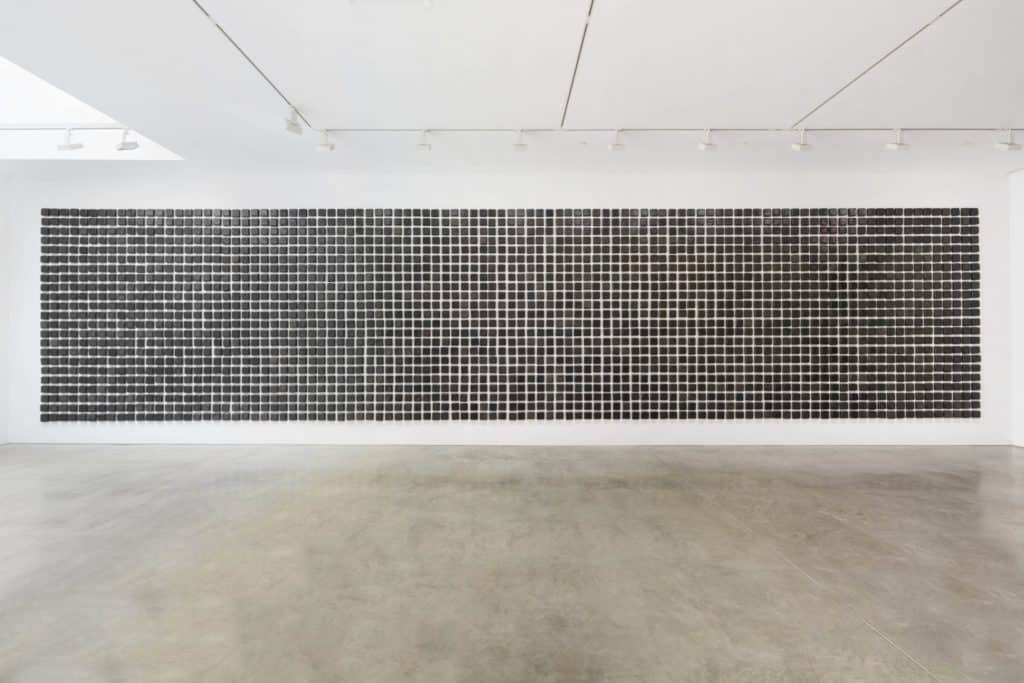
Margolles is not one to beat around the bush. Her contribution to the 2009 Venice Biennial was titled ¿De Que Otra Cosa Podríamos Hablar? (What Else Could We Talk About?). It consisted of objects made from the residue of murder sites and a single volunteer mopping the floor of the pavilion’s palazzo with water containing blood harvested from actual crime scenes. Elsewhere, the artist has marshaled Fairy Liquid, a bubble machine and water from the Mexico City morgue to fill up rooms with thousands of soap balls to invoke Renaissance-era memento mori. Watching parents scurry to scoop up their children after reading the wall text for the work, poetically titled En el aire (2003), or In the Air, is a sight to behold.
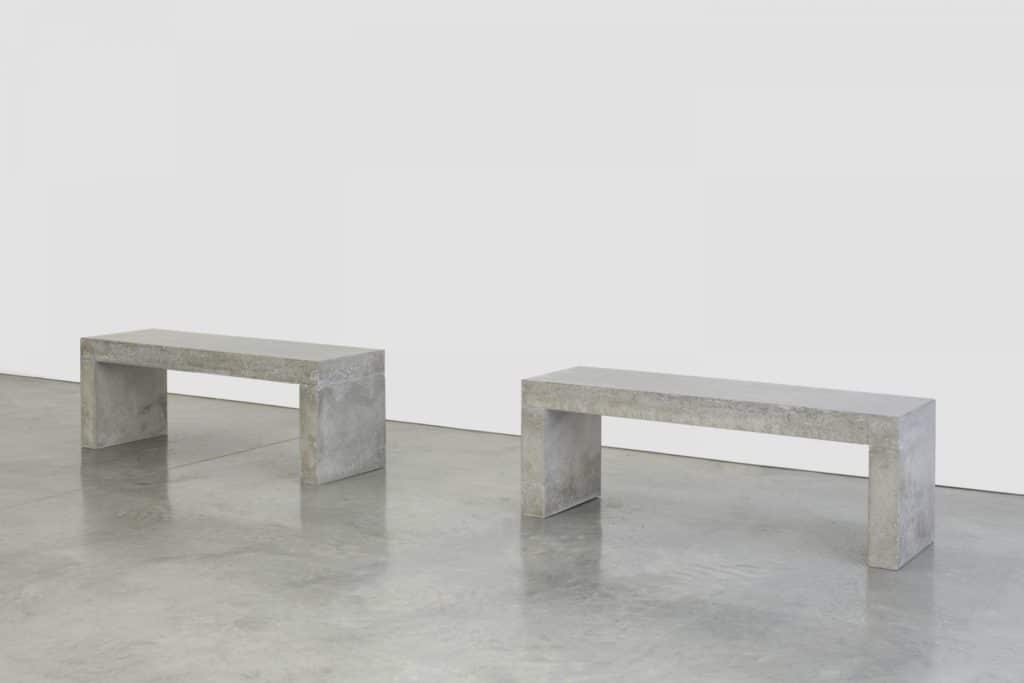
“Whenever Margolles exhibits, she mobilizes local materials, ideas and people like a foreman.”
Margolles’ metaphoric power is owed in large part to her stripped-down conceptual approach to a global crisis most world leaders view as either unmanageable or unresolvable. It is an exacting aesthetic she brings to bear on El asesinato cambia el mundo (Assassination Changes the World), her new exhibition of sculpture, photography and installation at James Cohan. Her second gallery show in New York (her first at the now defunct Ace Gallery in 2000, where she exhibited a human ear, proved a succès de scandale), reprises some of her most compelling material transformations, while focusing on the drugs-into-guns exchange that feeds killing on both sides of the U.S.-Mexico border.
Whenever Margolles exhibits, she mobilizes local materials, ideas and people like a foreman. At James Cohan, two benches inside the main gallery are made from New York water, cement and blood-soaked dirt recovered from a murder site in Ciudad Juárez. A second space contains three black velvet garments set on mannequins designed and hand-embroidered by unnamed New York designers. The threads, which resemble a bullfighter’s suit of lights, sport 24-karat gold fiber, sequins, Swarovski crystals and hundreds of glass shards scavenged from exploded windshields after shootings in Juarez, Culiacán (the artist’s hometown) and El Paso, Texas.
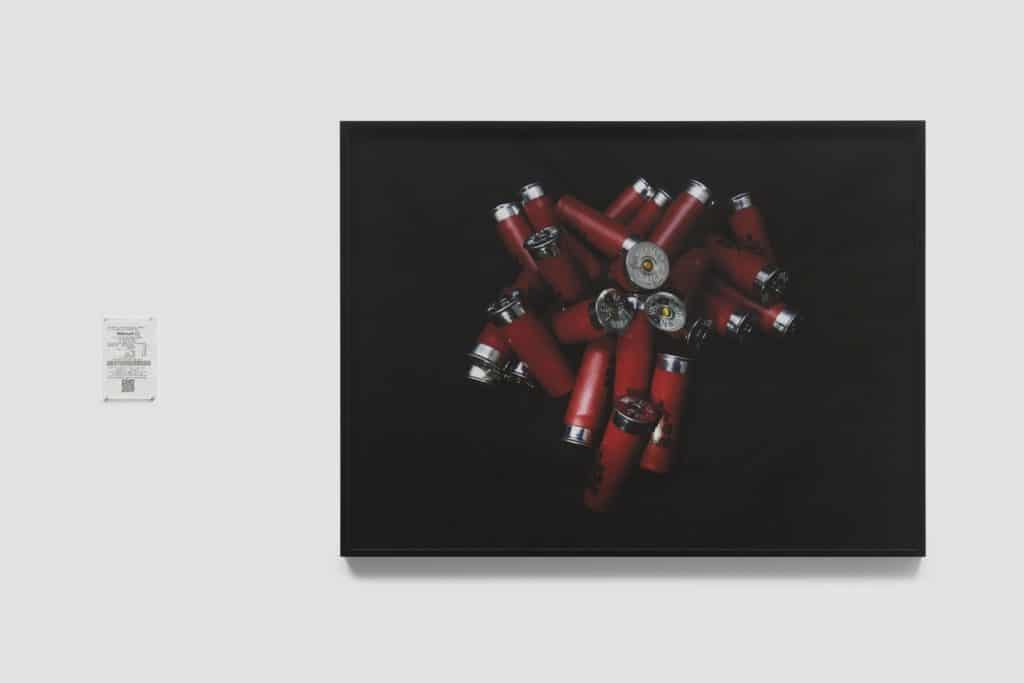
Teresa Margolles, Super Speed / El Paso, Texas, 2020, Pigmented inkjet print, Box of 24 cartridges purchased from Walmart, Gateway Blvd, El Paso, TX. © Teresa Margolles, Courtesy James Cohan
Another work titled Super Speed/El Paso, Texas (2020) also invokes the site of the deadliest U.S. mass shooting of 2019 (it is only the seventh deadliest in history and the third deadliest in Texas). It consists of a color photograph the artist took of shotgun shells she purchased at the same Walmart where 22 people were killed and 24 injured on August 3 by a gunman bent on repelling a “Hispanic invasion.” For proof of purchase, Margolles includes a framed copy of the receipt next to the photograph and stack of poster size reproductions on the floor. At $5.48 plus tax for a box of 25 Winchester 12-gauge shells, the sociopathic logic of the sale suggests, others can change the world, too, one human victim at a time.
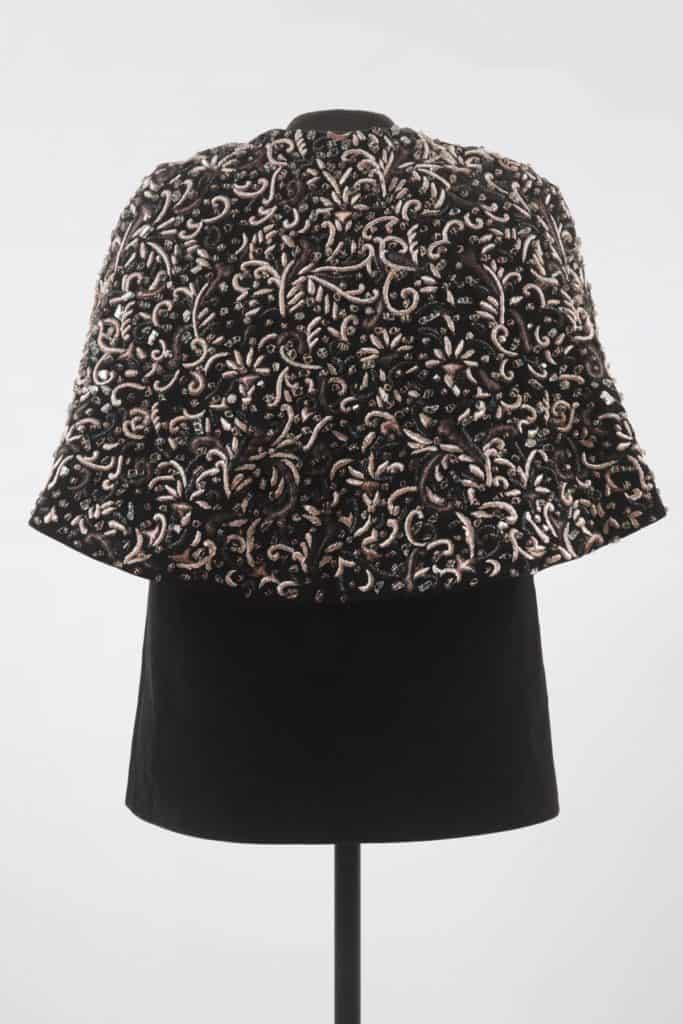
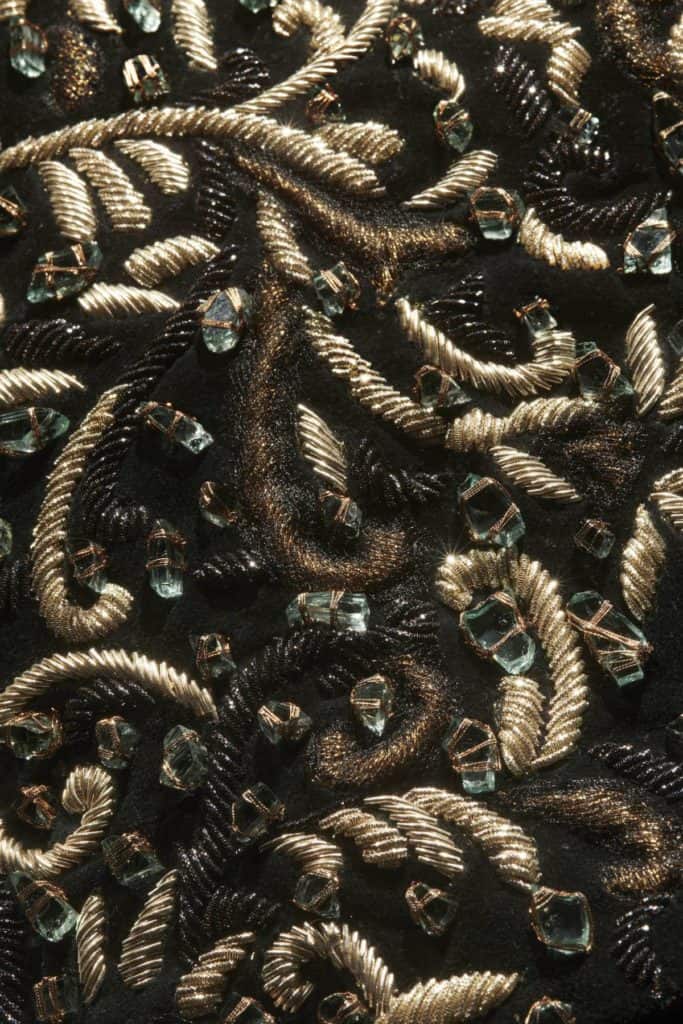
The exhibition’s largest work, El manto negro/The black shroud (2020), amplifies the force of Margolles’ material metamorphoses exponentially. Made up of 2,300 burnished ceramic squares hand-made and smoked by artisans in Mata Ortiz, Chihuahua, it expresses collective mourning for a potters’ way of life lost—the region is now controlled by the cartels—as well as the ongoing suffering of victims on both sides of the border. As if Margolles, or her audience, needed a reminder, a lethal ambush of an American fundamentalist family took place nearby as the artist put the finishing touches on her earthen monument.
Related Reading
James Cohan Gallery Website
Kulchur Vulture No.9: Noah Davis at David Zwirner, New York
Kulchur Vulture No.8 Faurschou Foundation: The Red Bean Grows in the South | New York
Kulchur Vulture No.7 Robert Longo : Fugitive Images | Metro Pictures NYC